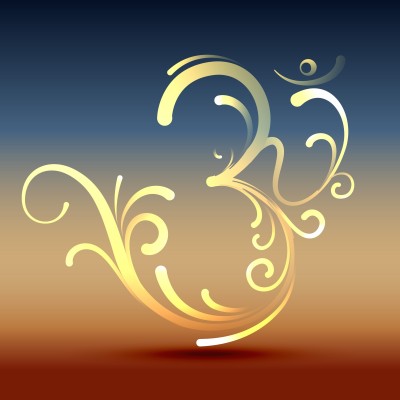“Cite Sources” is a mantra genealogical researchers hear over and over. Evidently citing sources in a family history is a challenge because the topic can draw a crowd at a genealogy conference. There are a number of different formats for source citation. Yet, when I go into some of the socially-oriented genealogy websites, I come away a bit frustrated because I can’t figure out where the information (complete or incomplete) came from. No sources are listed.
What is a genealogical source? That sounds like an easy question. It can be a diary or a family bible handed down through many generations. It can be a birth or death certificate or a marriage license. It can be a deed or a will, a newspaper clipping or a funeral card. It can be a note on a scrap of paper in a ledger. It can be just about anything or anyone adding information to the family history. Some sources are better than others, but something is better than nothing.
What isn’t a good source? Just names and dates or a generic referral to someone’s website won’t cut it. For example: Grandfather, b. 1850, d. 1900 or Ancestry.com or Person’s Family Tree. These referrals are not adequate.
Why does a family history researchers need to cite sources?
- So we can remember where we found the information
- So others know where we found the information
- So others can retrace our work, if necessary
A genealogist is a detective ferreting out all sorts of information about a family. When I first got interested in genealogy, just getting the information was enough. As I review my file folders of individuals and their documentation, I keep finding lists that once upon a time meant something because I jotted it down. That was 30 years ago, and a lot of facts have been viewed since then, so I usually wind up giving myself a headache trying to remember where I got the data. It would have been easier if I had made notes on the paper of what, when, and where, but that is water under the bridge. Needless to say, I’ve changed my ways.
The family history researcher needs to be able to let others know where the information was located. As a professional genealogist, I give a lot more credence to documents where sources are cited. Someone cared enough to want others to know where the information came from.
Finally, a family genealogist is a historian. What is compiled may (or may not) be of interest to current family members. But what about 50 or 100 years from now? I would give my eye teeth to have an ancestor who wrote down a family history one hundred or more years ago. Many of my family members are only mildly interested in my work. The citations I leave, however, may cause a genealogy happy dance long after I am gone. They are the paper trail in lieu of the actual documents. By being able to replicate my work, a future researcher may be able to build on it by accessing information unavailable or unknown to me.
Elizabeth Shown Mills has written some excellent books on evidence, documentation and citing sources. There are other style guidebooks, such as The Chicago Manual of Style that provide information on writing and documentation. It may seem a bit daunting, but the important thing is to begin the process of citing the sources of your materials. A good start is for the family historian to include at least four of the five “Ws” in a citation: Who, What, When, and Where the information was found. A citation can be complex, or it can be as simple as: Grandmother’s birth date from state/county death certificate. The family historian now knows where to start looking.
To make it even easier, some websites, such as FamilySearch and Ancestry, provide the citation for the researcher. Many other sites, such as the Library of Congress, include all the information needed.
The expert genealogists at RecordClick can help with many aspects of your personal genealogy – from documentation to organization, or finding resources to writing. Our goal is to help make your search easier and your family history better.
Now just repeat your mantra: OM Cite the Source . . . OM Cite the Source . . . OM Cite the Source







